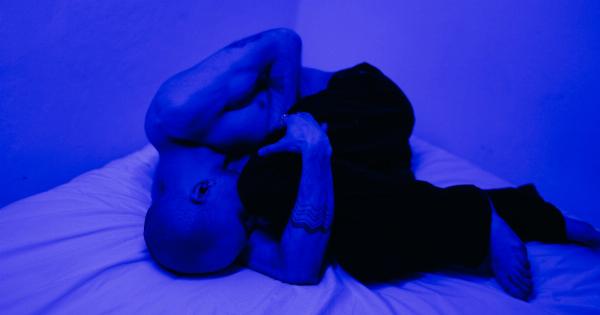Getting a tattoo is a beautiful and meaningful process for many people. It allows them to express themselves, commemorate special moments, or simply adorn their bodies with unique artwork.
However, it’s no secret that getting a tattoo can be quite painful. While pain tolerance varies from person to person, there are certain areas of the body where the intensity of the pain is generally higher.
In this illustrated guide, we will explore the most painful areas to get a tattoo, helping you make an informed decision before booking your appointment.
The Ribcage
Tattooing the ribcage is notorious for being an excruciating experience. The thin layer of skin covering the ribs offers very little padding against the tattoo needle, making the pain more intense.
Additionally, the constant movement of the area due to breathing can further amplify the discomfort. It’s important to note that rib tattoos can vary in pain depending on the specific location, with tattoos closer to the breastbone being less painful than those around the sides.
The Foot
While foot tattoos can look incredibly stylish, they are often accompanied by substantial pain. The skin on the feet is thin and very sensitive, which makes the tattooing process more uncomfortable.
Furthermore, the bony structure of the feet means that there is less surrounding tissue to absorb the impact of the tattoo needle, resulting in heightened pain. Walking or standing during the healing process can also prolong the pain and discomfort in this area.
The Inner Thigh
The inner thigh is another area where tattooing tends to be more painful. This region has particularly sensitive skin and a high concentration of nerve endings, leading to increased discomfort during the tattooing process.
Additionally, the skin in this area is thinner and looser, which can cause the needle to penetrate deeper, causing more pain. It’s worth noting that the upper inner thigh is generally more painful than the lower inner thigh due to the thicker layer of fat in the lower region.
The Spine
Getting a tattoo along the spine can be a challenging experience in terms of pain. The spine consists of numerous nerve endings, especially along the vertebrae, which can make the tattooing process quite intense.
The lack of sufficient muscle and fat around this area further enhances the pain. Artists often advise clients to be cautious when selecting spine tattoos due to the potential discomfort involved.
The Knee
Tattooing the knee can be quite painful due to the lack of cushioning and prominent bones in the area. The tattoo needle directly hits the bone and surrounding ligaments, making it a highly sensitive spot.
Moreover, the constant movement and bending of the knee can cause additional irritation and pain during the healing process. It’s crucial to carefully consider this before choosing to get a tattoo on your knee.
The Neck
The neck is a popular spot for smaller tattoos, but it’s also known for being one of the more painful areas to get inked.
The skin on the neck is relatively thin and sensitive, and the presence of important blood vessels and nerves can heighten the discomfort. It’s important to find an experienced artist who can navigate this delicate area safely while minimizing pain.
The Armpit
Tattooing the armpit is generally considered one of the most painful tattoo locations. The skin here is thin and extremely sensitive, often resulting in intense pain during the session.
Additionally, the stretching and bending of the skin can cause discomfort both during and after the tattooing process. Due to these reasons, artists may advise against getting tattoos in the armpit area.
The Elbow
Tattooing the elbow can be a challenging and painful experience. The skin around the elbow is typically thicker and less elastic, which can make the tattooing process more painful. The prominent bones and limited padding also contribute to the discomfort.
Artists often suggest opting for simpler designs in this area to minimize the pain and ensure proper healing.
The Face
Facial tattoos are becoming increasingly popular, but it’s essential to be aware of the potential pain involved. The face has delicate, thin skin that is often more sensitive than other body parts.
Additionally, the visibility and prominence of facial tattoos can add psychological discomfort. Prior to deciding on a face tattoo, carefully consider your pain tolerance and potential implications.
The Hand
While hand tattoos can be visually striking, they are notorious for being quite painful. The skin on the hands is thin and subjected to constant exposure and movement, making it more sensitive.
Additionally, the lack of fat and muscle in this area means that the tattoo needle directly hits the bones, causing significant discomfort. It’s important to choose hand tattoos wisely and be prepared for a potentially painful experience.
While the pain levels mentioned above are generally consistent, it’s important to remember that everyone experiences pain differently.
Factors such as individual pain tolerance, the skill of the tattoo artist, and the size and complexity of the design can all influence the overall discomfort of the tattooing process.
Before getting a tattoo, it’s crucial to thoroughly research and discuss your options with a professional tattoo artist.
They can provide valuable insights, recommendations, and help manage your expectations regarding pain levels and tattoo placement. Remember, a well-informed decision will result in a more enjoyable tattoo experience overall.





























